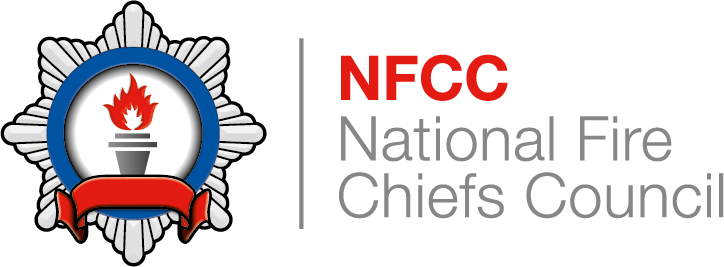The structural integrity of the building involved in fire should be initially assessed to inform decision-making and when developing the operational tactics for firefighting. Factors that may affect the structural integrity of a building include:
- The age, design and condition of the building
- Structural materials and construction methods
- Unusual designs such as air-supported structures
- Existence of fire protection – active and passive
- Substandard or unregulated construction or modification
- Fire loading to structural elements
- Fire conditions on arrival; size, severity, location and number of fire-breached compartments
- Backdraught, flashover or explosions
- Engineered timber and connections, such as truss joists and nail plates
- Applied load increase as a result of fire water loading
- Cutting structural elements for firefighting operations
- Severe weather conditions, such as flooding, heavy snow or high winds
The building should be continuously monitored for signs of collapse. If appropriate, sufficient safety officers should be appointed to effectively monitor the building for signs of collapse. Potential signs of collapse may include:
- Cracks in walls
- Sagging floors or floors deflecting from wall
- Displaced columns
- Cracking or dropping arches
- Bulging walls
- Buckling columns or beams
- Water or smoke that pushes through what appears to be a solid masonry wall
- Unusual noises coming from the building structure
If signs of potential or actual structural collapse are identified, the operational tactics for firefighting should be reviewed and changes communicated to personnel.
Consideration should be given about how the fire or firefighting activity can impact on the structural integrity of the building. For further information refer to:
- Fires in buildings – Impact of fire or firefighting on structural elements or structural frames
- Fires in buildings – Impact of fire or firefighting on structural materials
It may be possible to use cutting away and opening up techniques to expose concealed areas, in order to inspect structural elements and check if their integrity has been affected by fire.
In the event of potential or actual structural collapse of a building, specialist advice or assistance may be required from local authority building control teams, structural engineers or urban search and rescue tactical advisers. Fire and rescue services should establish arrangements for requesting this type of advice or assistance, and ensure personnel are made aware of these arrangements.
Buildings under construction or demolition
In addition to the control measure knowledge above, if the building involved in fire is under construction or demolition, the factors that may affect its structural stability are likely to be amplified. Therefore, assessing a building under construction or demolition involved in fire for structural integrity should also consider:
- The condition of a derelict, deteriorated or incomplete building
- The current level of compartmentation
- The type of building or structure, and the method of construction or demolition
- Any structural alterations that may have weakened the building
- The type and extent of structural work being undertaken
- The current phase of construction or demolition
- The presence of temporary supports or propping
- Whether structural fire protection features have been removed, damaged or not yet installed
- Whether the building is occupied or part-occupied
- Whether the work is unregulated, substandard or not subject to the appropriate inspections
